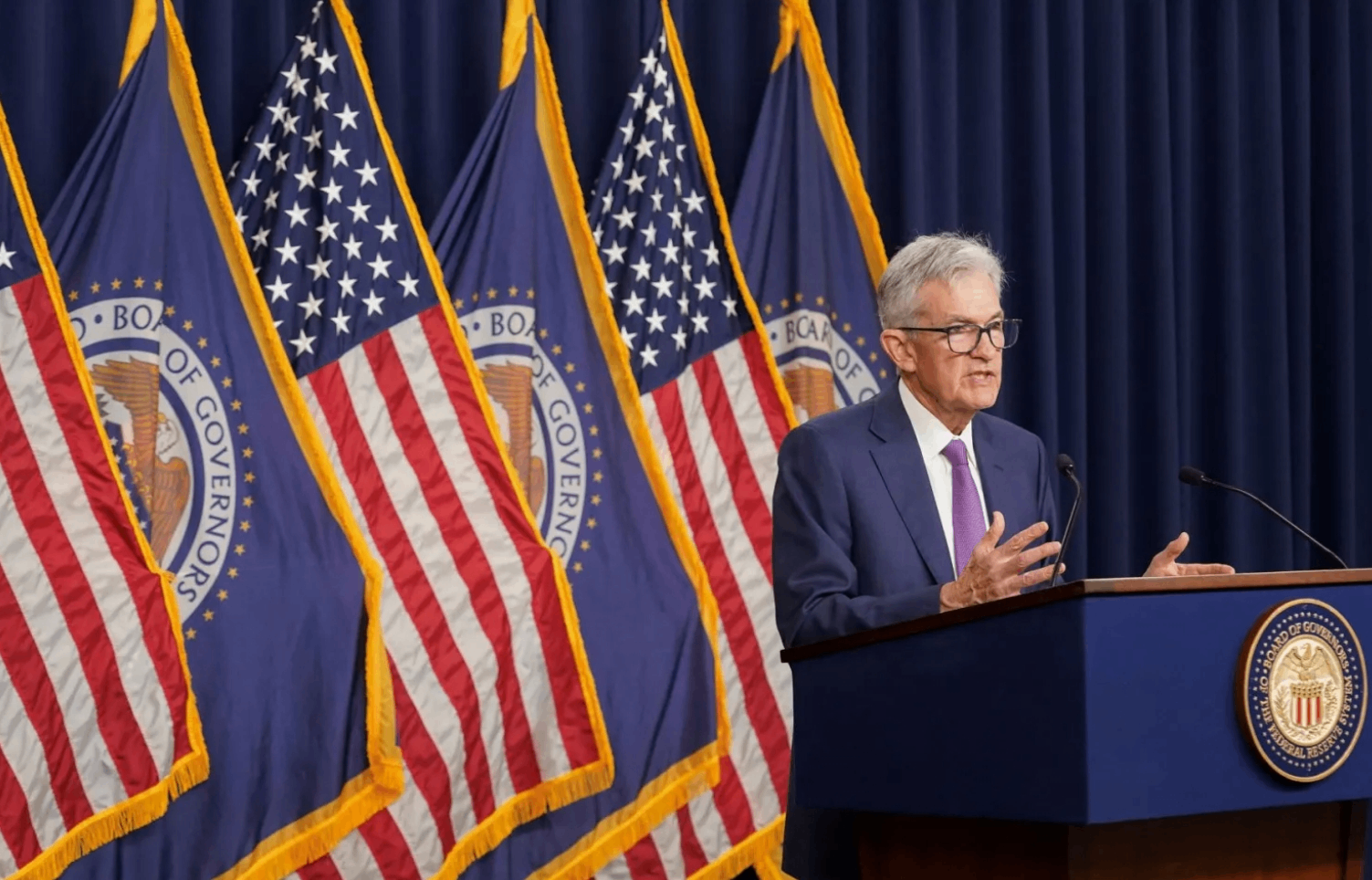At present, this expectation of raising interest rates is still a minority view, but the Fed has had precedents in the past for rapid changes in policy direction.
With the Trump administration coming to power, combined inflation expectations have remained high, and a remarkable phenomenon has emerged in financial markets: some bond traders have begun to deviate from mainstream market expectations and turn to betting that the Federal Reserve will raise interest rates in the future, rather than the rate cut widely expected by the market.The emergence of this non-mainstream view has triggered further discussion and analysis in the market on the direction of the Fed's policy.
The options market, pegged to the Overnight Guaranteed Financing Rate (SOFR), shows traders see about a 25% chance of the Fed raising interest rates before the end of the year.This shift in expectations began with the strong non-farm payrolls report released by the United States on January 10, which showed that the job market performed strongly, the unemployment rate remained low, and hourly wage growth exceeded market expectations.Although inflation data (CPI) released on January 15 showed a moderate trend in inflation, further strengthening market expectations for the Federal Reserve to cut interest rates and causing U.S. bond yields to fall from multi-year highs, this contrarian bet still exists.
Analysts believe that the logic of this reverse bet is mainly based on expectations of the policies of the upcoming Trump administration.Some analysts pointed out that possible tariff policies and other fiscal measures implemented by the new administration could trigger a rebound in inflation, forcing the Fed to adjust the direction of its monetary policy.Phil Suttle, a former New York Fed economist, predicts that the Fed may raise interest rates in September, and believes the United States has begun to see a rebound in wages, which will provide fuel for rising inflation.
However, the current expectation of raising interest rates is still a minority view.Most bond traders have fully absorbed expectations of a 25-basis point rate cut this year and expect a roughly 50% chance of the Federal Reserve cutting interest rates this year.On Thursday, Federal Reserve Governor Christopher Waller said that if inflation data continues to improve, policymakers may cut interest rates again in the first half of 2025.This suggests that despite market divisions, the Fed still prefers to maintain the current path of interest rate cuts.
It is worth noting that the Fed has had precedents in the past for rapid changes in policy direction.For example, in 1998, the Federal Reserve cut interest rates three consecutive times in response to the financial crisis triggered by Russia's debt default and the near collapse of hedge fund Long Term Capital Management.However, in June 1999, the Federal Reserve began to raise interest rates again to curb inflationary pressures.This policy flexibility shows that despite the current high threshold for raising interest rates, the market still needs to be vigilant that the Federal Reserve may adjust its monetary policy due to changes in economic data and external policies.
Regarding the possibility of when the market will actually start pricing interest rates, Tim Magnusson, chief investment officer of Garda Capital Partners, pointed out that the market needs to see inflation really rise again, such as an overall CPI rising to around 3%.Benson Durham, head of global asset allocation at Piper Sandler and former Federal Reserve economist, believes that the pricing of money market options reflects the probability of at least one rate hike this year of just under 10%.He further pointed out that the market's view of the risks of raising or cutting interest rates seems to be quite balanced, indicating that investors still have greater uncertainty about the Fed's future policy path.
In addition, New York Fed President Williams also emphasized that future monetary policy actions will be driven by economic data because the economic environment faced by the Fed is uncertain, especially the policy changes that may be brought about by the Trump administration.This uncertainty not only affects the market's expectations for the Fed's policies, but also has a profound impact on the trend of the US dollar, global financial markets and the recovery path of the US economy.

